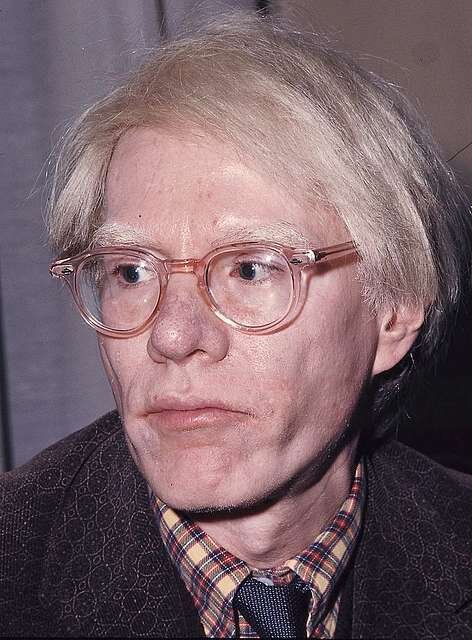When Googling Andy Warhol, Wikipedia describes him as an American artist born in Pittsburgh, Pennsylvania. Although he was born in America, Warhol’s ethnic identity is Eastern European. His parents, Andrej Varchola and Julia Zavacky-Varchola immigrated to the United States from a rural town named Miková which is in present-day Slovakia. His family, however, does not identify with being Slovakian, as they are Carpatho-Rusyn, an ethnic group from the Carpathian Mountains and speak the Rusyn language. This small people group is primarily located along the border of Slovakia and Ukraine and existed for one day as an independent nation in 1939 until the territory was annexed back into Hungary. The nation has continued to exist in terms of culture and language which distinguishes Rusyns from other Eastern European ethnicities.
Once his family immigrated to America, they congregated in a Rusyn community within Pittsburg. His neighborhood was poor yet tight-knit due to their shared heritage. Because of this Warhol grew up with cultural traditions such as attending Greek Catholic mass, speaking Rusyn, and following the Julian calendar, which celebrates Christmas on January 7th.
With a strong Rusyn culture impressed upon him from childhood, Warhol's career as an American pop artist might seem contradictory. Warhol is quoted saying “I come from nowhere”. Although he gave no explanation as to what this statement is in reference to, it can be interpreted in several ways. With the knowledge of his family history and their immigration to the US, he could have been alluding to his family's hometown of Miková, meaning that his family originated from a place that no one knows of. Similarly, this could have been a statement on the complication of his identity. Ethnically Warhol was a Rusyn whose family had immigrated from Czechoslovakia yet because he was born in the United States, Warhol was an American citizen. Because of this, his statement “I come from nowhere” may have stemmed from his multicultural identity. It is unclear how Warhol identified in his adult life, but it was known that he continued the tradition of practicing his faith and was buried in the cemetery of his hometown church along with his parents. Yet, when he began his career in New York, he anglicized the spelling of his last name from Varchola to Warhol.
Warhol made no comments about whether his family background influenced his art and it is left to the viewer to interpret. In one way, the heavy influence of pop culture in his work can be seen as his choice to lean into his American side, since Marylin Monroe and Campbell’s soup cans are familiar images in mainstream media. On the other hand, it is possible that his color palette may have been influenced by Rusyn folk art.
Warhol’s story is representative of the diversity that exists within the United States. Those who choose to live here can embrace their American identity while still celebrating their heritage. Their traditions, which have been integrated into the United States, have created diversity within the American lifestyle. Like Andy Warhol, these people have contributed greatly to the arts and culture of the United States.
By Rachel Stenz


